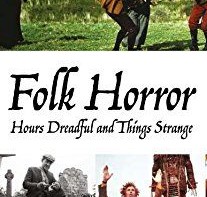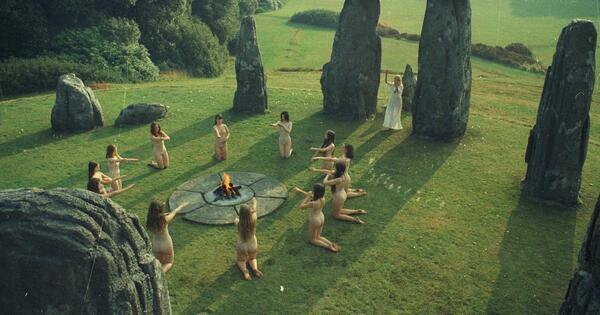Unlike other sub-genres, folk horror’s very form is difficult to convey. Despite what its simplistic description implies – from the emphasis on the horrific side of folklore to a very literal horror of people – the term’s fluctuating emphasis makes it difficult to pin down outside of a handful of popular examples.
The term first came to prominence in 2010 when Mark Gatiss used it as an umbrella theme to describe a number of films in his A History of Horror documentary for BBC4. Yet the term was used in the programme in reference to an earlier interview with the director Piers Haggard for Fangoria magazine in 2004, in which Haggard suggests of his own film Blood on Satan’s Claw (1971) that he “was trying to make a folk horror film”.
Since then, the term has spiralled out, largely thanks to social media and digital platforms, to include a huge variety of culture, from silent Scandinavian cinema, public information films and the music of Ghost Box records to writing by the likes of M.R. James, Susan Cooper and Arthur Machen. It is the evil under the soil, the terror in the backwoods of a forgotten lane, and the ghosts that haunt stones and patches of dark, lonely water; a sub-genre that is growing with both newer examples summoned almost yearly


